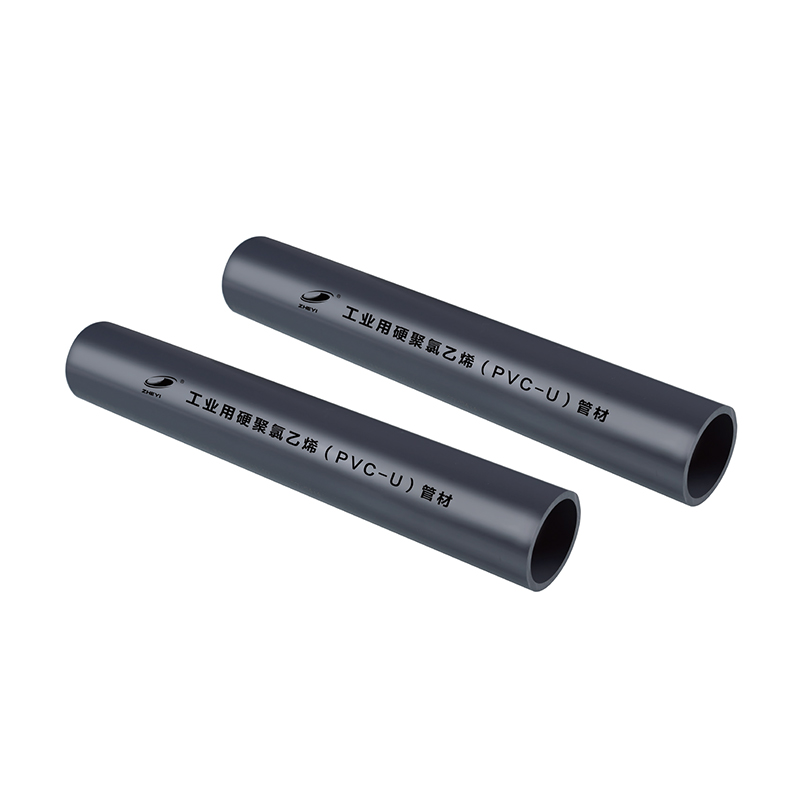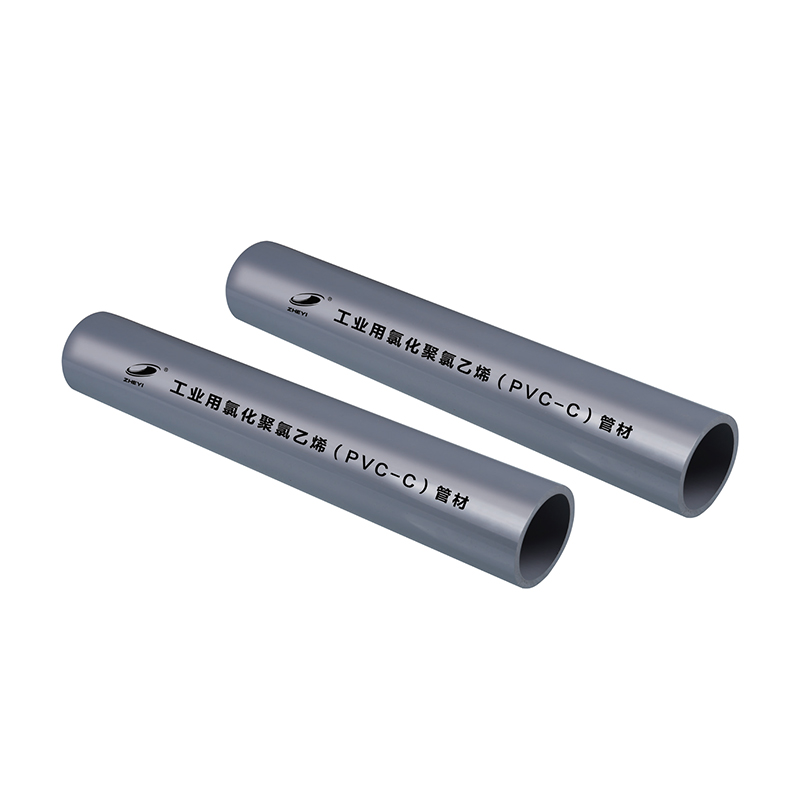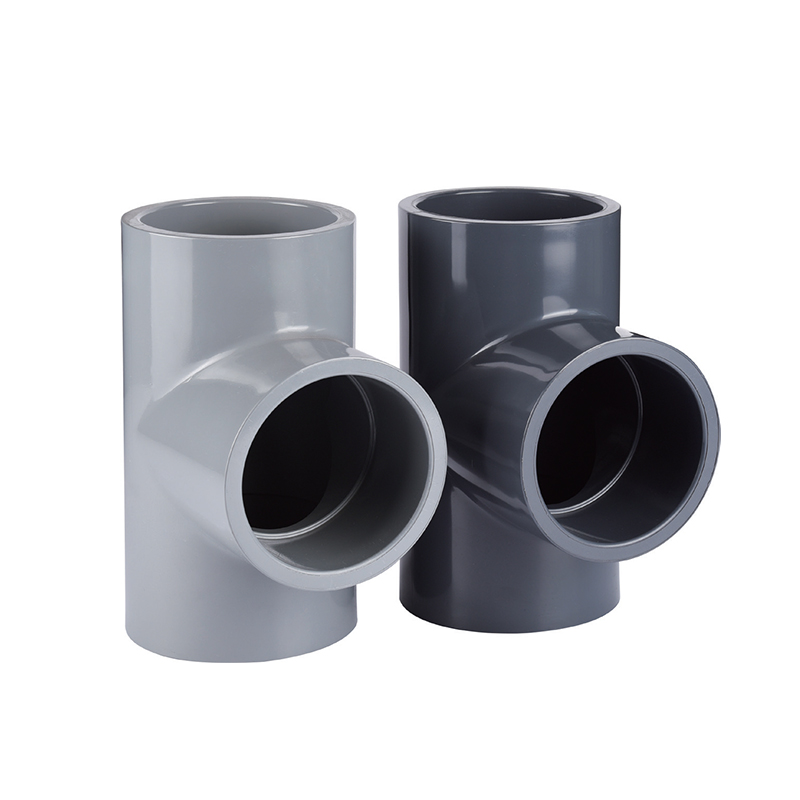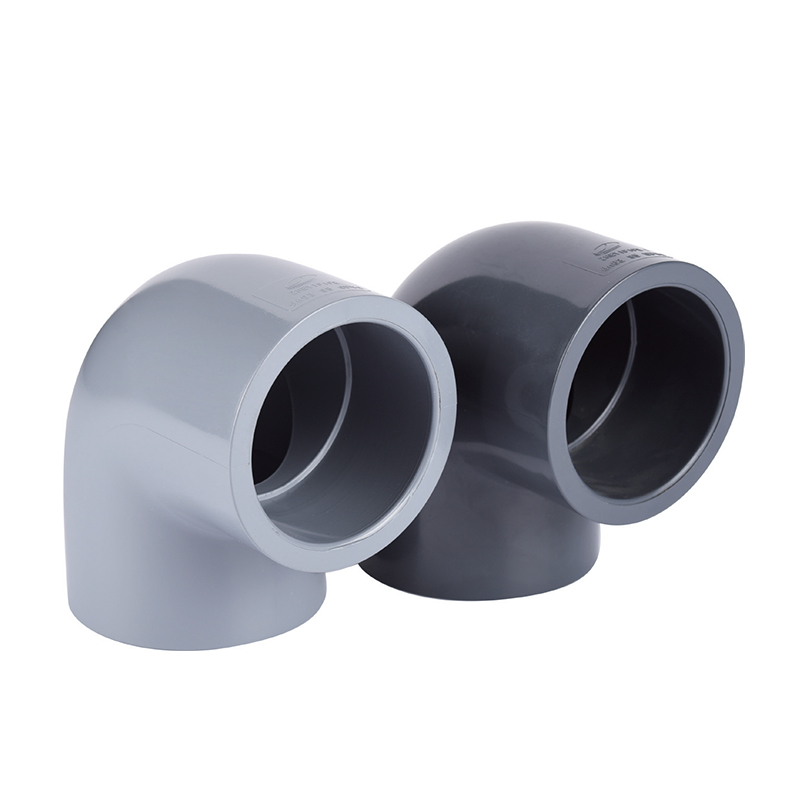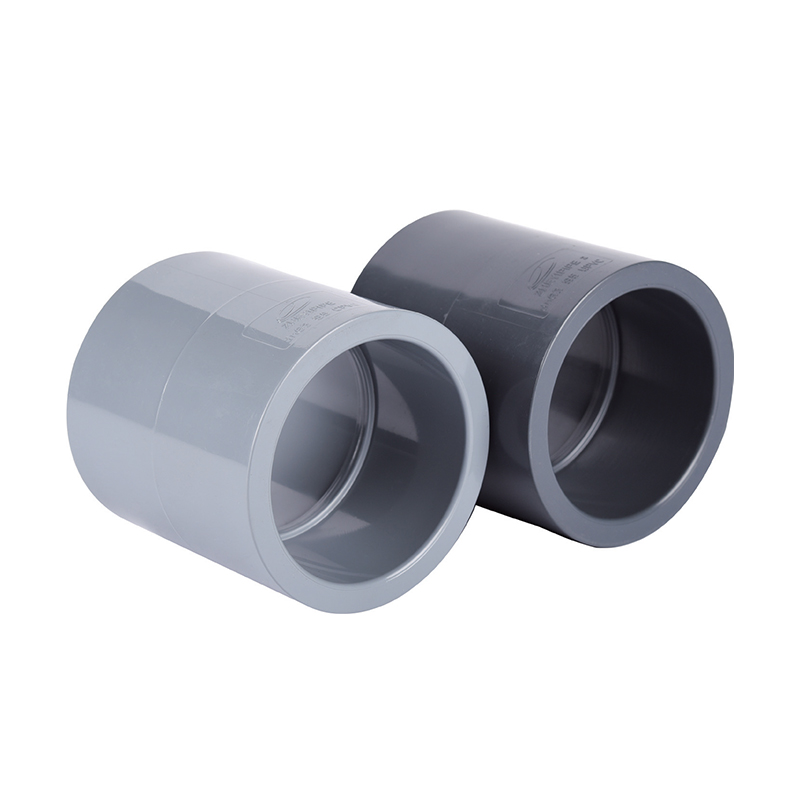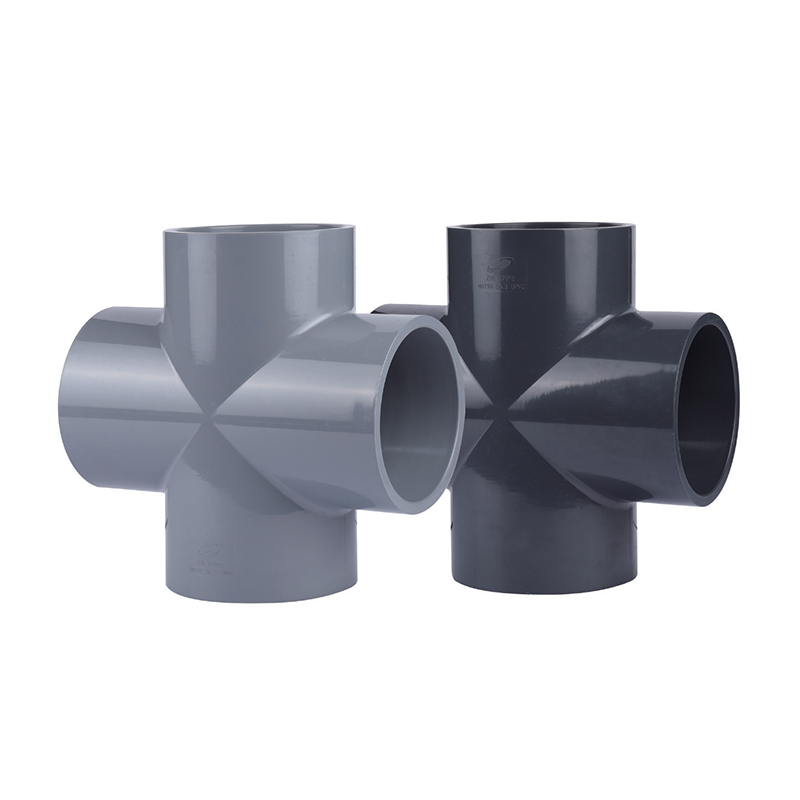Before diving into the article, here are the 5 long-tail keywords we'll be covering:
- DIN standard CPVC pipes for lithium battery production
- ANSI certified chemical resistant CPVC piping systems
- High temperature lithium processing CPVC pipe specifications
- Comparing DIN vs ANSI standards for industrial CPVC pipes
- Corrosion resistant CPVC for chemical and lithium applications
Why Chemical/Lithium CPVC Pipe(DIN/ANSI) Is Revolutionizing Industrial Applications
The industrial piping landscape is undergoing significant changes with the emergence of specialized materials. Among these, CPVC pipes designed for chemical and lithium applications have become particularly noteworthy. These pipes meet either DIN or ANSI standards, making them suitable for global industrial projects that require precise specifications and reliable performance.

SCH8O/DIN CPVC Pressure Pipes
1. DIN standard CPVC pipes for lithium battery production: The European Benchmark
With the explosive growth of the electric vehicle industry, lithium battery production facilities are expanding worldwide. DIN standard CPVC pipes for lithium battery production have become the preferred choice in European and many Asian markets due to their precise dimensional tolerances and material consistency.
Key advantages of DIN-standard pipes include:
- Strict material composition requirements ensuring consistent quality
- Precise wall thickness tolerances (±12%) for reliable pressure ratings
- Standardized connection systems that ensure leak-proof installations
Compared to other standards, DIN-certified CPVC pipes demonstrate superior performance in lithium processing environments where temperature fluctuations between 20°C and 90°C are common. The table below shows how DIN standards compare to other common specifications:
| Parameter |
DIN Standard |
Other Standards |
| Temperature Range |
-20°C to 110°C |
-10°C to 100°C |
| Pressure Rating at 20°C |
20 bar |
16 bar |
| Chemical Resistance |
Tested against 50+ chemicals |
Tested against 20-30 chemicals |
2. ANSI certified chemical resistant CPVC piping systems: The American Standard
In North American markets, ANSI certified chemical resistant CPVC piping systems dominate industrial applications. These systems are particularly valued for their comprehensive chemical resistance ratings and standardized testing procedures.
The ANSI certification process involves rigorous testing for:
- Long-term hydrostatic strength
- Impact resistance at various temperatures
- Chemical resistance across pH ranges from 0 to 14
What makes ANSI-certified systems stand out is their performance in chemical processing plants where aggressive acids and alkalis are present. The certification requires testing with specific chemical solutions including sulfuric acid, sodium hydroxide, and various organic solvents.
2.1 Installation Considerations for ANSI Certified Systems
When installing ANSI certified chemical resistant CPVC piping systems, several factors must be considered:
- Expansion and contraction rates are higher than metal pipes (3.5 inches per 100 feet per 100°F temperature change)
- Support spacing requirements differ from traditional materials (maximum 4 feet for 1-inch pipes)
- Specialized solvent cement must be used for joints
3. High temperature lithium processing CPVC pipe specifications
Lithium extraction and processing involves unique challenges that demand specialized piping solutions. High temperature lithium processing CPVC pipe specifications address these needs by combining thermal stability with chemical inertness.
Key specifications include:
- Continuous service temperature rating of 90°C (194°F)
- Short-term peak temperature resistance up to 110°C (230°F)
- Low thermal conductivity (0.14 W/m·K) compared to metals
3.1 Material Composition for High-Temperature Applications
The CPVC used in these applications contains higher chlorine content (67% vs standard PVC's 56%) which improves both temperature resistance and chemical stability. This modification allows the material to maintain its structural integrity in lithium brine processing where temperatures often exceed 80°C.
4. Comparing DIN vs ANSI standards for industrial CPVC pipes
While both standards produce high-quality piping systems, there are important differences between DIN vs ANSI standards for industrial CPVC pipes that engineers should consider when specifying materials.
| Feature |
DIN Standard |
ANSI Standard |
| Pressure Rating System |
PN (Pressure Nominal) |
Schedule-based |
| Temperature Rating |
Slightly higher (110°C vs 100°C) |
More conservative ratings |
| Chemical Resistance Testing |
Focused on European chemical exposures |
Broader range of tested chemicals |
5. Corrosion resistant CPVC for chemical and lithium applications
The primary advantage of corrosion resistant CPVC for chemical and lithium applications lies in its nearly universal chemical compatibility. Unlike metals that corrode in specific environments, CPVC maintains its integrity across a wide pH range.
In lithium processing, this is particularly valuable because:
- It resists both acidic and basic processing solutions
- Does not contribute metallic ions that could contaminate lithium products
- Maintains smooth interior surfaces that prevent scaling
5.1 Long-Term Performance Data
Field studies of CPVC pipes in chemical plants show remarkable longevity:
- Average service life of 25+ years in chemical service
- No significant reduction in pressure rating over time when properly installed
- Maintenance costs 60-70% lower than comparable metal systems
Selecting the Right Standard for Your Application
When choosing between DIN and ANSI standards for Chemical/Lithium CPVC Pipe(DIN/ANSI) applications, consider these factors:
- Geographic location of the project (Europe favors DIN, North America ANSI)
- Specific chemical exposures in your process
- Temperature and pressure requirements
- Availability of compatible fittings and valves
Both standards produce high-quality piping systems, but the optimal choice depends on project specifics and local regulations. What remains constant is the growing recognition of CPVC as the material of choice for demanding chemical and lithium processing applications worldwide.


 +86-15258772971
+86-15258772971
 dinys009@163.com
dinys009@163.com

 English
English 한국어
한국어 Español
Español عربى
عربى


